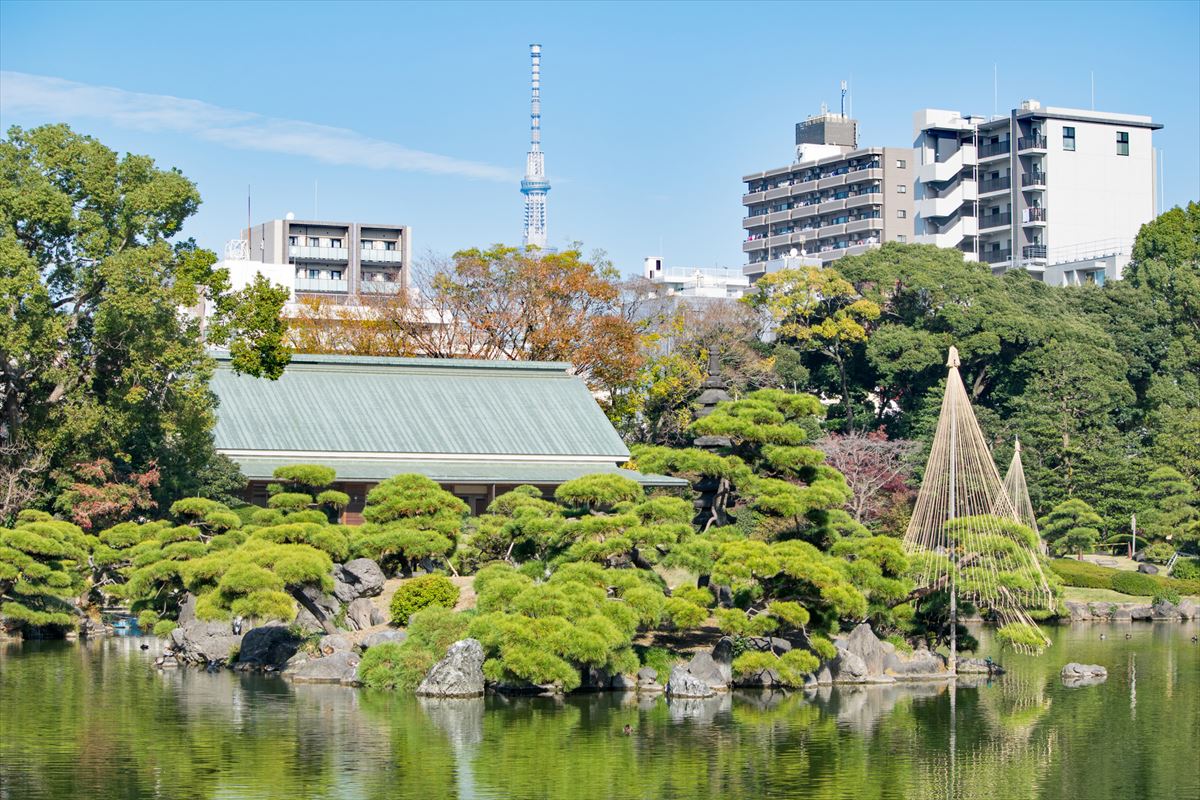Tokyo transforms at night.
Some streets shimmer with neon signs and the buzz of nightlife energy, while others glow quietly with lanterns and old-world charm.
As someone born and raised in Tokyo for over 30 years, I’ve come to love both sides of this contrast — the chaotic and the calm, the flashy and the timeless. In this guide, I’ll take you through two sides of Tokyo’s night:
- The Neon Streets, where modern Tokyo pulses with energy
- The Traditional Nightscapes, where the city slows down and shows its quieter beauty
No clubs, no VIP lounges — just the real Tokyo by neighborhood, as it truly feels after dark.
🌃 Tokyo’s Neon Streets — Where the City Never Sleeps
These areas are alive with color, movement, and that unmistakable Tokyo buzz.
Shinjuku – The City of Lights

From the glowing billboards of Kabukicho to the quiet alleyways of Omoide Yokocho, Shinjuku is Tokyo’s ultimate night canvas.
It’s chaotic, cinematic, and endlessly walkable. You don’t need to enter any bar — just strolling through the lights and energy is an experience in itself.
The contrast is part of the charm: you’ll find office workers in suits, tourists with cameras, and lone ramen slurpers all coexisting under the neon sky.
Shibuya – Youth Energy After Sunset

Shibuya is where Tokyo’s youth culture comes alive. The famous Scramble Crossing is even more dramatic at night, when headlights and billboards light up the crowd.
Explore Center Gai and Dogenzaka for a sensory overload, or simply grab a drink from a konbini and sit near Miyashita Park to people-watch.
This is a Tokyo that moves fast — and invites you to just walk with it.
Ikebukuro – Underground Energy and Quiet Alleys

Less touristy than Shibuya or Shinjuku, Ikebukuro offers its own nighttime appeal.
While the east side buzzes with pachinko lights and anime culture, the west side has quiet backstreets with old izakaya, snack bars, and fading Showa-era storefronts.
It’s a great place to wander without expectations.
Ueno – Retro Lights and Local Pulse

Ueno’s Ameya-Yokocho (Ameyoko) is still open after dark, with shops closing late and food stalls steaming in the night air.
The area feels retro — like Tokyo from the 1960s frozen in time. You’ll find elderly locals playing shogi, casual drinking spots under train tracks, and quiet parks just around the corner.
🏮 Tokyo’s Traditional Nightscapes — Where the Past Still Breathes
These areas offer quiet, cultural, and emotionally rich night experiences — no loud music, just city soul.
Asakusa – Temple Shadows and Lantern Glow

Asakusa by day is busy. But at night? Magical.
Senso-ji Temple, softly lit and nearly empty, feels like a portal to a different world.
Walk along Nakamise Street after the shops close — it’s just you, the lanterns, and the scent of incense lingering in the air.
Yanaka – The Stillness of the Old City

Yanaka is a neighborhood that keeps Tokyo’s history alive.
At night, its narrow alleys, low houses, and family-run shops take on a deeply nostalgic atmosphere.
You might pass by a cat curled up on a step, or hear nothing but the sound of your own footsteps. It’s one of the few places in Tokyo where you can truly feel the “old capital” after dark.
Kagurazaka – Stone Paths and Hidden Corners

Once a geisha district, Kagurazaka still holds elegance in its stone-paved backstreets.
At night, the area is dimly lit, with the scent of tatami and soy sauce drifting from behind noren curtains.
You don’t need to go anywhere specific — just walk. The charm is in the shadows.
Kiyosumi-Shirakawa – Tokyo’s Waterside Stillness

This east Tokyo neighborhood blends old and new.
After dark, walking along the Sumida River near Kiyosumi Garden offers a peaceful retreat.
You’ll hear river sounds, see passing boats, and maybe find a local out walking their dog. It’s slow Tokyo — and that’s its strength.
Final Thoughts from a Tokyo Local
Tokyo doesn’t have a single “nightlife.” It has many.
Some nights glow loud with neon. Others hum softly with tradition.
And the beauty is, you don’t have to choose.
So the next time you’re in Tokyo after dark, don’t just head for the bar. Walk the streets.
Feel the buzz of Shinjuku, then retreat into the silence of Asakusa.
Let the city show you both its heartbeat and its stillness.
🌙 Summary: Tokyo at Night Is More Than Just Nightlife
Tokyo’s night isn’t only about clubbing or drinking — it’s a multi-layered experience.
In one city, you can feel the heartbeat of neon in Shinjuku, then step into the soft silence of Asakusa’s temple grounds.
Whether you’re walking through retro shopping streets in Ueno or losing yourself in the maze-like back alleys of Yanaka, Tokyo’s nighttime energy is not loud — it’s alive, and deeply human.
For first-time visitors, it’s easy to follow the crowds to popular nightlife spots. But the real magic? It’s often found in quiet corners, in glowing vending machines, in the last train ride home.
These are the moments you remember — not because they were flashy, but because they felt real.
So don’t just go out in Tokyo — walk into the night. Let the city surprise you. You don’t need a plan, just curiosity.
🧭 Final Tips Before You Head Out
- No need for reservations: The beauty of Tokyo at night is that much of it can be enjoyed just by walking.
- Bring a camera: Lanterns, alleyways, and quiet moments are incredibly photogenic.
- Stay alert, but relaxed: Tokyo is one of the safest cities in the world, even at night — just stay aware and respectful.
- Pocket Wi-Fi or eSIM recommended: Helps with maps, train times, and exploring lesser-known areas.

Comments